1. Hidden Water Damage Behind Fresh Paint
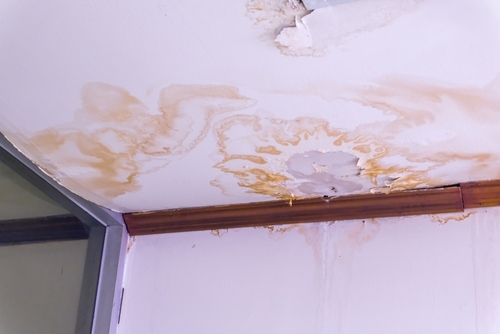
That brand-new paint job might not be just for aesthetics—it could be hiding a history of leaks or water damage. Sellers often repaint problem areas to make them look clean and new. Look closely at ceilings and walls for uneven texture or bubbling under the surface. Those subtle ripples can indicate moisture problems that could lead to mold later on.
When inspecting, don’t rely only on sight. Feel the wall for any dampness, especially near bathrooms, kitchens, or basements. Water-damaged drywall can feel softer than the surrounding area. A moisture meter is a small investment that can save you from expensive surprises.
2. Covered-Up Foundation Cracks
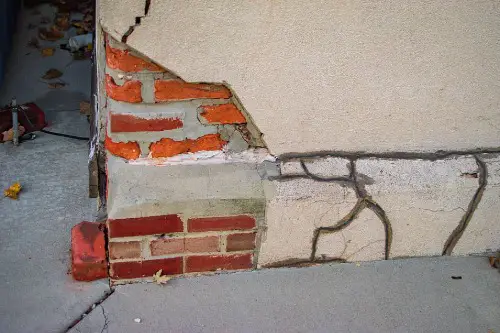
Rugs and furniture can be more than decor—they’re sometimes used to hide cracks in floors or walls. Sellers know most buyers won’t move heavy items during a walkthrough. Cracks in the foundation can signal settling issues or structural instability. Even hairline cracks should be checked by a professional to rule out bigger problems.
During a home inspection, ask the inspector to look at the foundation from both inside and out. Pay special attention to corners, door frames, and windows that stick or don’t close properly. These can be signs of shifting. A solid foundation is critical to long-term safety and value, so don’t skip this check.
3. Masked Odors with Air Fresheners

That lovely vanilla or “fresh linen” scent might not just be for ambiance. Sellers sometimes use strong fragrances to cover up musty, smoky, or pet-related odors. A consistent smell throughout the home can actually be a red flag. If you notice multiple plug-ins or scented candles burning, take note.
Try turning them off or stepping outside for a few minutes, then re-entering. If there’s a lingering mildew or chemical scent afterward, it could point to hidden mold or water issues. Odors can reveal more than you think about a property’s upkeep. Trust your nose—it’s often right.
4. Recently Installed Flooring in One Room
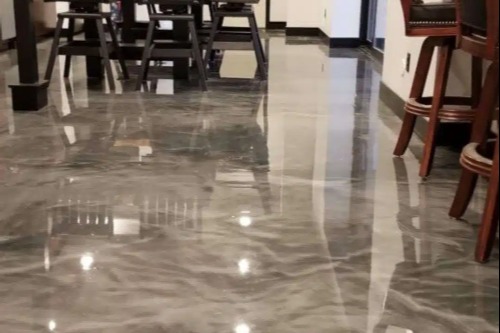
New flooring in just one area might seem like a nice update, but it can sometimes signal a cover-up. Sellers may replace floors after a leak, pet accident, or mold problem. Compare the height and material of flooring between rooms—uneven transitions can hint at patch jobs. A slightly different shade or pattern is another clue.
Ask when and why the flooring was replaced. If there’s no clear reason or record, you may want to investigate further. Beneath the surface could be hidden damage or improper repairs. Your inspector can pull up a small section if permitted to confirm what’s really underneath.
5. Poorly Ventilated Attics
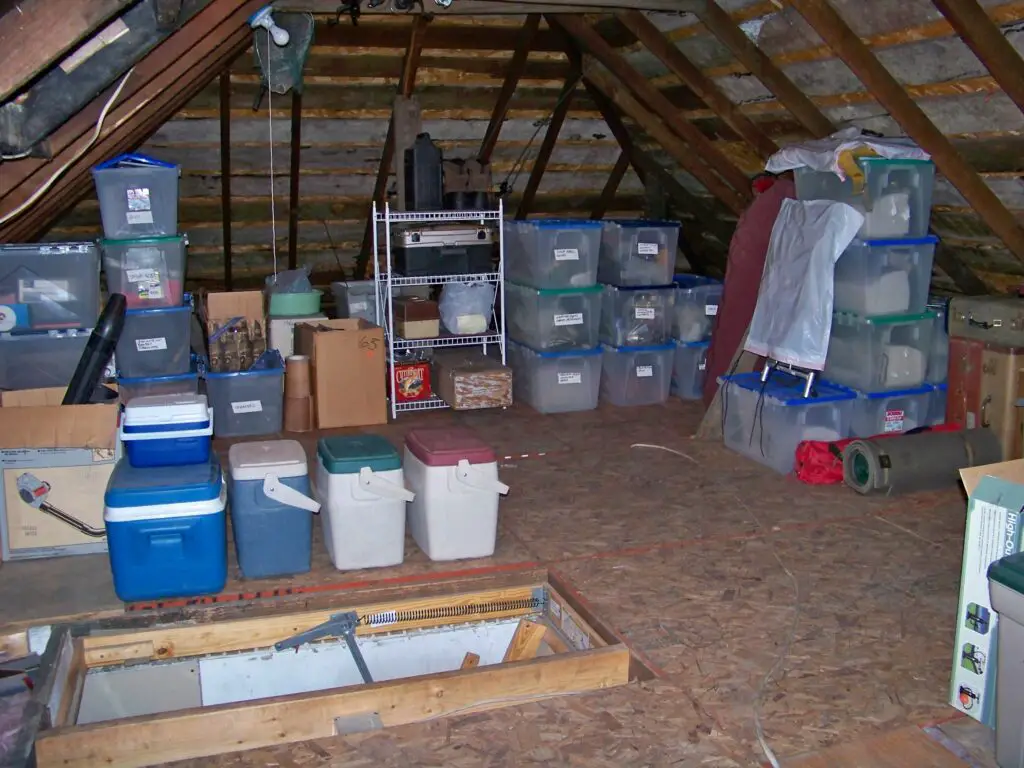
The attic might be one of the least glamorous spaces, but it’s also one of the most telling. Inadequate ventilation can lead to mold, high energy bills, and roof damage. Sellers rarely advertise poor airflow, and sometimes they’ll just clean up visible signs without fixing the cause. Dark spots on insulation or rafters can be subtle clues.
During an inspection, make sure your inspector checks attic vents and insulation. A stuffy, humid attic suggests trapped moisture. Proper ventilation helps prevent rot and keeps the home energy-efficient. Don’t skip this area—it often tells the real story about how well the home’s been maintained.
6. Stuck Windows or Doors

If a window or door sticks, it’s not always due to humidity—it can signal foundation movement or structural settling. Sellers sometimes ignore or paint over the issue rather than address the root cause. Over time, the frame shifts and puts pressure on the hinges or latches. This subtle issue can turn into costly repairs later.
During your visit, open and close every window and door. Feel for any resistance or gaps that let air in. These small signs often point to bigger structural shifts beneath the surface. It’s one of the simplest tests you can do yourself, but it reveals a lot.
7. Quick Landscaping Fixes to Hide Drainage Problems

A freshly mulched yard or new sod looks great, but it can sometimes disguise poor drainage. Sellers may regrade soil or add decorative gravel to cover up soggy patches. If the ground slopes toward the house instead of away, that’s a problem waiting to happen. Water pooling near the foundation can lead to cracks or basement leaks.
Check the downspouts and grading during your inspection. Water should flow at least five feet away from the foundation. Look for signs of erosion or damp soil even on dry days. Good drainage is essential for the long-term health of your property.
8. Outdated Electrical Work in a New-Looking Room
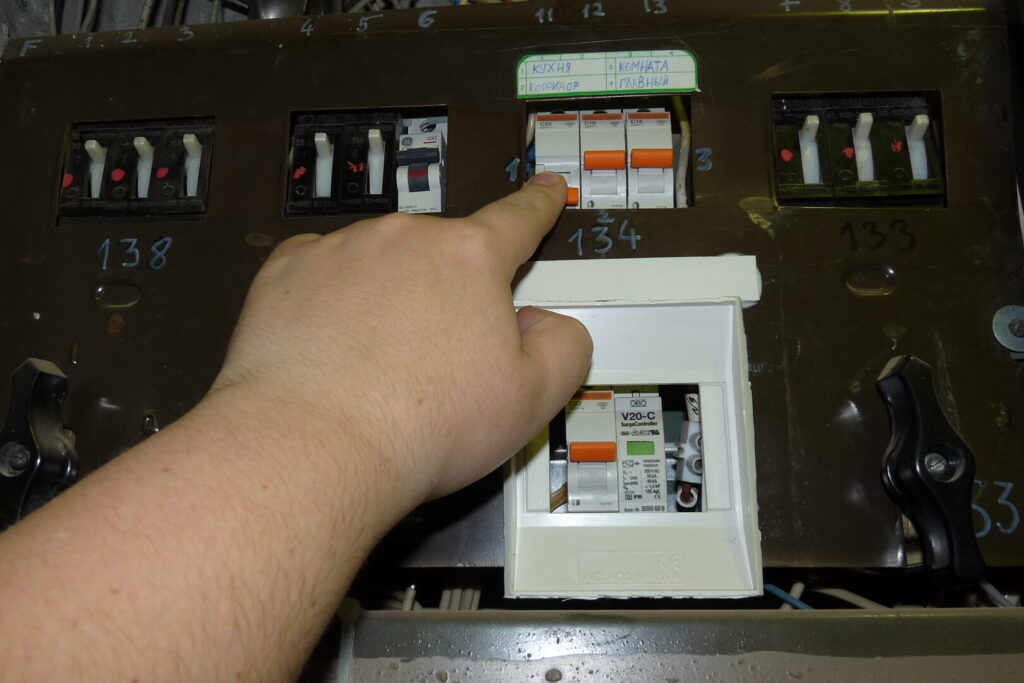
A modern kitchen or finished basement might look up-to-date, but the wiring behind the walls could be decades old. Sellers sometimes focus on cosmetic upgrades and skip the expensive electrical updates. Knob-and-tube or aluminum wiring can pose safety hazards and may not meet current code. Old breaker panels can also struggle to handle today’s power demands.
Ask when the electrical system was last inspected or updated. A good home inspector will remove panel covers and test outlets. Consistent buzzing, flickering lights, or warm outlets are red flags. Electrical upgrades are costly—better to know before you buy.
9. Slow-Draining Sinks or Showers
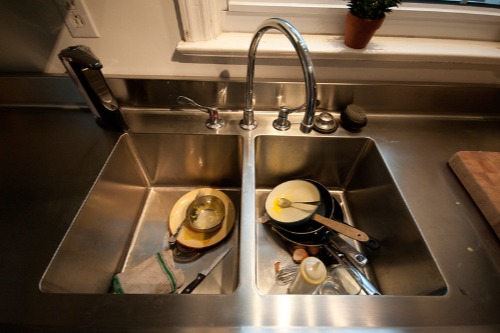
A slow drain might seem like a minor inconvenience, but it can signal bigger plumbing issues. Clogged or corroded pipes, tree roots, or inadequate venting could be to blame. Sellers might use quick fixes like drain cleaners or temporary patches to get through the sale. Unfortunately, these problems often return quickly once you move in.
During inspection, run water in multiple fixtures at once. Check for gurgling noises or slow drainage that could indicate blockage. Don’t forget to inspect under sinks for leaks or water stains. Catching plumbing problems early can save you from a flooded nightmare later.
10. Inconsistent HVAC Performance
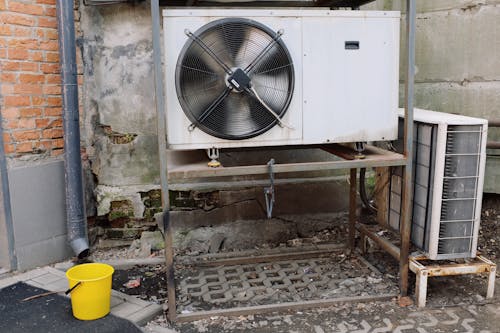
If one room feels hot while another feels cold, it’s more than just a comfort issue. It could mean the HVAC system is unbalanced or undersized. Sellers might clean vents and replace filters but avoid addressing the actual problem. Uneven heating or cooling can lead to higher energy bills and faster wear on the system.
Ask how old the furnace and air conditioner are, and check the maintenance records. An inspector can measure airflow and temperature differences between rooms. A well-maintained system should keep temperatures consistent throughout the house. Don’t overlook climate control—it’s one of the priciest systems to replace.
11. Roof “Repairs” That Are Really Just Patches
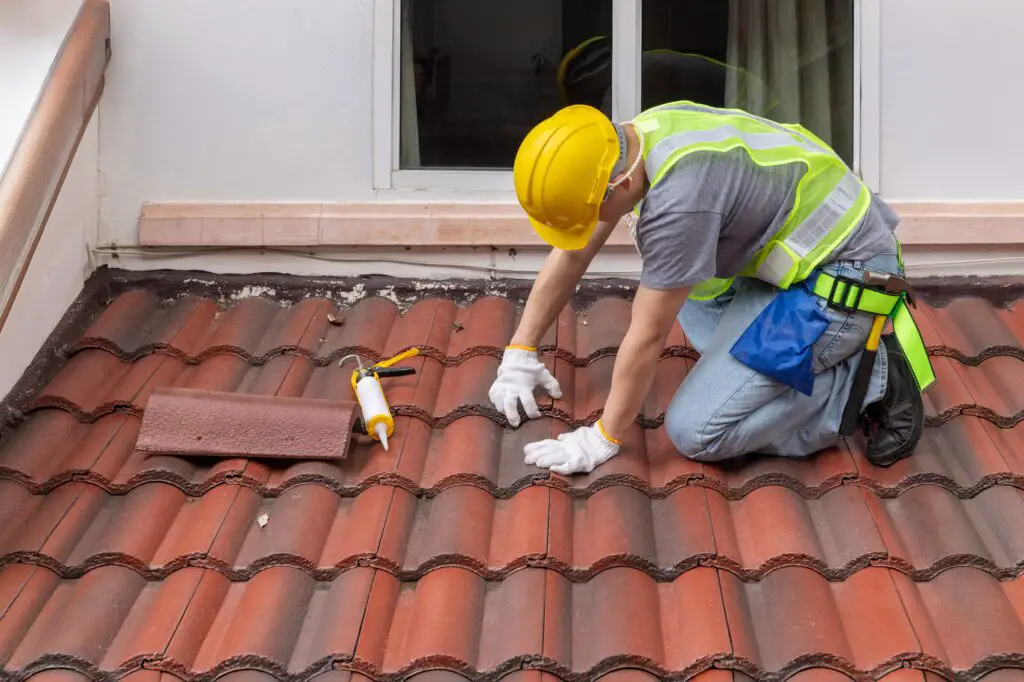
A few new shingles might look reassuring, but sometimes they’re just covering leaks instead of fixing them. Sellers often choose the cheapest repair to make the roof look sound. However, mismatched shingles or inconsistent patterns can be warning signs. Water damage under the roof can lead to rot, mold, and insulation issues.
Ask your inspector to check the attic for any moisture or daylight showing through. Look for curled or discolored shingles from the outside. Roof replacements are expensive, so you want to know the real condition upfront. A “repaired” roof isn’t always a healthy one.
12. Missing or Hidden Permits for Renovations
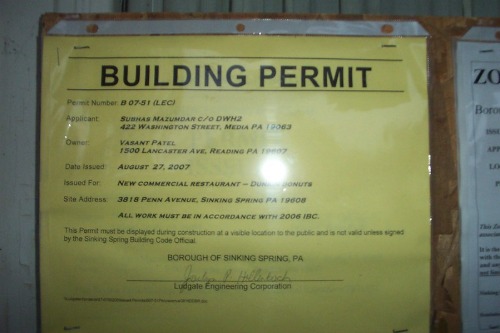
That sleek new bathroom or basement might not have been built with the proper permits. Unpermitted work is surprisingly common, especially for DIY projects or quick flips. It can create safety risks and headaches when you try to insure or resell the home. Sellers may hope you won’t dig into the paperwork.
Ask your agent or inspector to verify permit history with the local building department. If something doesn’t match up, request documentation before closing. Unpermitted work can void warranties and cost thousands to fix later. A little due diligence here goes a long way.
This post 12 Home Inspection Secrets Sellers Hope You Don’t Notice was first published on Greenhouse Black.
